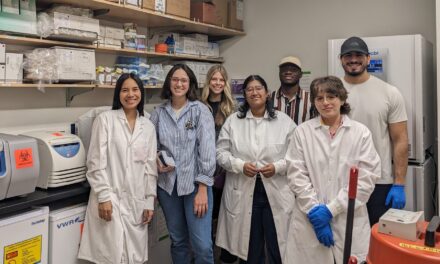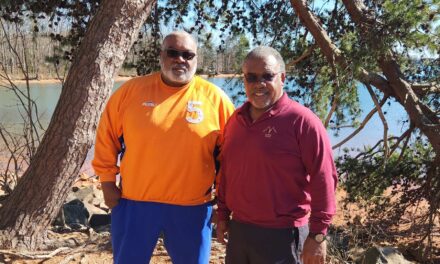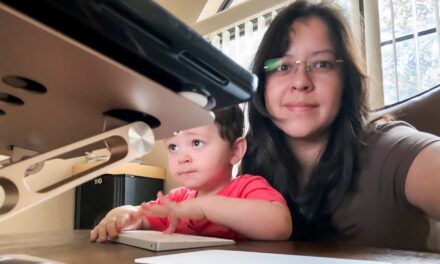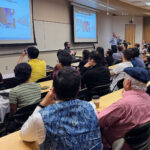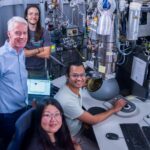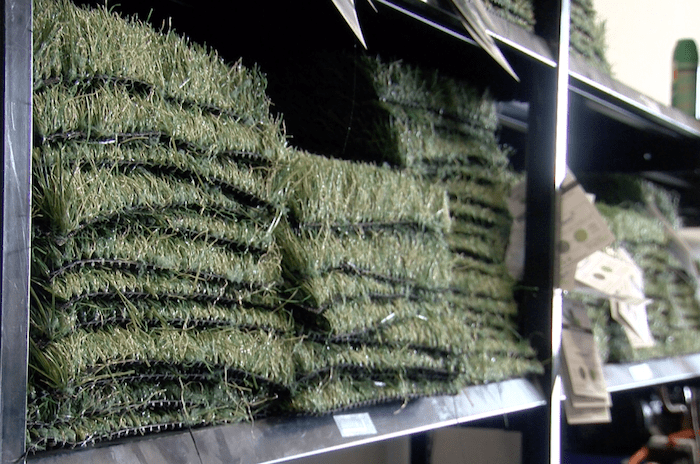
Artificial turf saves water, but heats considerably in direct sunlight
Last year, the U.S. Bureau of Reclamation declared a significant water shortage in the Colorado River, one of Arizona’s major water sources. Many people reacted to calls for water conservation by replacing grass lawns with artificial turf. They found that while artificial turf did noticeably reduce their home water use, it also raised the ambient heat radiating from their yards. That’s because the materials in the turf heat up in the sunlight, and can get as hot or hotter than asphalt or concrete during the daytime, says Fulton Schools Assistant Professor Ariane Middel. She and ASU School of Sustainability Assistant Professor Jennifer Vanos, both members of ASU’s Urban Climate Research Center, have been involved in numerous studies of the impacts of various materials — notably road pavements — and how they can intensify the urban heat island effect.



